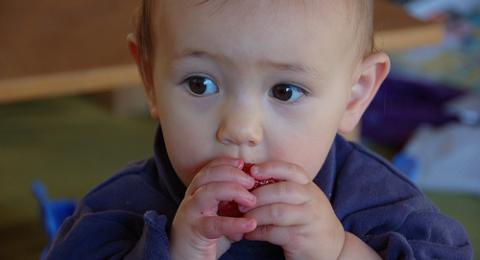Although strongly challenged by well-credentialed researchers of the opposing view, a considerable body of research supports the view that children’s and adults’ exposure to violent media, including violent video games, may increase the risk of verbal and physical aggression. And a 2012 Report of the Media Violence Commission, highlights the need for parents to be thoughtful about their children’s exposure to violent media:
“Youth can now download, view, play, and listen to violent material any time of day or night, often from the privacy of their own rooms, and with little supervision from their parents. With new technologies, the opportunities for viewing violent content, which was once relegated to more public spaces… have become increasingly private.”
What is The Impact of Exposure to Violent Media?
More than 15 meta-analyses (large scale reviews of existing research) have found a link between exposure to media violence, including violent video games, and aggressive behaviour. According to the Media Violence Commission, this effect is “remarkably consistent regardless of the type of medium, age, gender, or where the person lives”; this view is supported by reputable scientific bodies such as the American Medical Association, the American Academy of Pediatrics, the American Psychiatric Association, the American Psychological Association and the Australian Psychological Society.
The three main potential effects of exposure to violent media are:
- an increase in the likelihood that provocation will be met with an aggressive response (called ‘hostile attribution bias’). This aggression may be verbal, relational (e.g. telling lies about a person to cause harm) or physical;
- a decrease in pro-social behaviour (e.g. less cooperation or empathetic responses to other people); and
- desensitisation or numbing to violence (resulting in a desensitised individual not noticing or responding to cues that require consideration of moral implications, or pro-social behaviour).
In their 2012 report Reassessing Media Violence Using a Risk and Resilience Approach to Understanding Aggression, Dr. Douglas Gentile, Associate Professor of Developmental Psychology at Iowa State University and Dr. Brad Bushman, Professor of Communication at Ohio State University, argue that media violence is one of many risk factors for aggression; they also emphasise that individuals with more risk factors and fewer protective factors will be most affected by their exposure to violence:
“Most people have only a few risk factors or also have several protective factors. This means that no matter how much media violence they consume, it can never push the thermometer all the way to the top. Note, however, that this is different from saying that it has no effect. It is having an effect (likely on psychological level variables such as attitudes, desensitization, aggressive normative beliefs, hostile attribution bias, etc.), but not one that will be easily observable in behaviours.”
Gentile and Bushman studied 430 children aged 7 to 11 and found that the “best single predictor of future aggression . . . . was past aggression, followed by violent media exposure, followed by having been a victim of aggression.” Parental involvement in children’s media consumption was found to be a protective factor, decreasing the risks posed by exposure to violent material.
A comprehensive review of the current state of research, led by Dr. Craig A. Anderson of Iowa State University, recommends a public health approach to media violence in the report The Influence of Media Violence on Youth, saying that:
“even small statistical effects of media violence on aggressive behavior can have important societal consequences for at least three different reasons. First, a large portion of the population … is exposed to this risk factor… . Second, the deleterious effects of exposure to media violence are likely to accumulate (via learning) within the individual with repeated exposure. Third, even short-lived effects of a single exposure (via priming effects) can add significant amounts of aggression and violence to society because at any given waking hour a large portion of the population either is currently being exposed to violent media or has been exposed to such violence within the past 20 minutes.”
How Do Violent Video Games Have Negative Effects?
There is broad agreement that violent media is a risk factor for aggression, but the highly interactive nature of video games is one element that makes them particularly problematic.
In a 2007 report, Dr. Douglas Gentile along with his father, Dr. J Ronald Gentile distinguished Professor Emeritus of Educational Psychology of State University of New York at Buffalo, described violent video games as “exemplary teachers of aggression”. Some video games were found to be so effective in teaching aggression that the professors recommended that teachers look to the video game industry for ‘best practice’ approaches to producing innovating and engaging curricula, minus the violence, explaining: “Violent video games effectively … motivate learners to persevere in acquiring and mastering a number of skills, to navigate through complex problems and changing environments, and to experiment with different identities until success is achieved.”
As well as using ‘best practice’ educational approaches, the report notes that video games use ‘tricks’ resulting in ‘highs’ that hook game players.







Leave a Reply